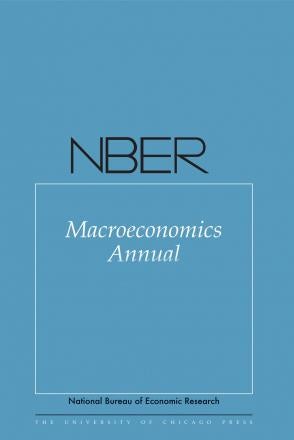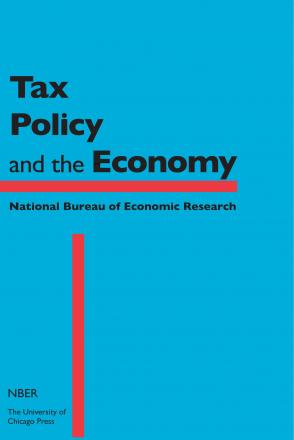Books: Spring, 2019
NBER Macroeconomics Annual 2018, Volume 33
Martin Eichenbaum and Jonathan A. Parker, editors
This volume contains six studies on current topics in macroeconomics. Michael Woodford shows that while the assumption of rational expectations is unrealistic, a finite-horizon forward planning model can generate results similar to those of a rational expectations equilibrium. Andrew Atkeson, Adrien d'Avernas, Andrea Eisfeldt, and Pierre-Olivier Weill investigate whether the U.S. financial sector is safer than it was before the financial crisis and examine the ratio of market-to-book values of banks. Loukas Karabarbounis and Brent Neiman study alternative ways to allocate output that are not associated with either capital or labor, what they call "factorless income." Julian Kozlowski, Laura Veldkamp, and Venky Venkateswaran argue that the financial crisis increased perceived tail risk and led to higher demand for safe, risk-free, liquid assets. They also explore the propagation of large, rare shocks. Kerwin Kofi Charles, Erik Hurst, and Mariel Schwartz document substantial changes in the manufacturing sector and the decline in employment among prime-aged Americans since 2000, and assess the relative effects of trade, and worker health and mobility. Omar Barbiero, Emmanuel Farhi, Gita Gopinath, and Oleg Itskhoki analyze the dynamic macroeconomic effects of border adjustment taxes, considering them both in the context of corporate tax reform and as a part of the value-added tax.
Tax Policy and the Economy, Volume 33
Robert A. Moffitt, editor
This volume presents five new studies on taxation and government transfer programs. Scott Baker, Lorenz Kueng, Leslie McGranahan, and Brian Melzer explore whether "unconventional" fiscal policy in the form of pre-announced consumption tax changes can shift durables purchases intertemporally, and how such shifts are affected by consumer credit. Michelle Hanlon, Jeffrey Hoopes, and Joel Slemrod examine the effects of the Tax Cuts and Jobs Act on corporation behavior and on firms' statements about their behavior. They focus on four outcomes: bonuses, investment, share repurchases, and dividends. Alan Auerbach discusses "tax equivalences" — disparate sets of policies that have the same economic effects — and also illustrates when these equivalences break down. Jeffrey Liebman and Daniel Ramsey use data from NBER's TAXSIM model to investigate the equity implications of a switch from joint to independent taxation that could occur in conjunction with adoption of return-free tax filing. Alexander Blocker, Laurence Kotlikoff, Stephen Ross, and Sergio Villar Vallenas show how asset pricing can be used to value implicit fiscal debts, which are currently rarely measured or adjusted for risk, while accounting for risk properties. They apply their methodology to study Social Security.




